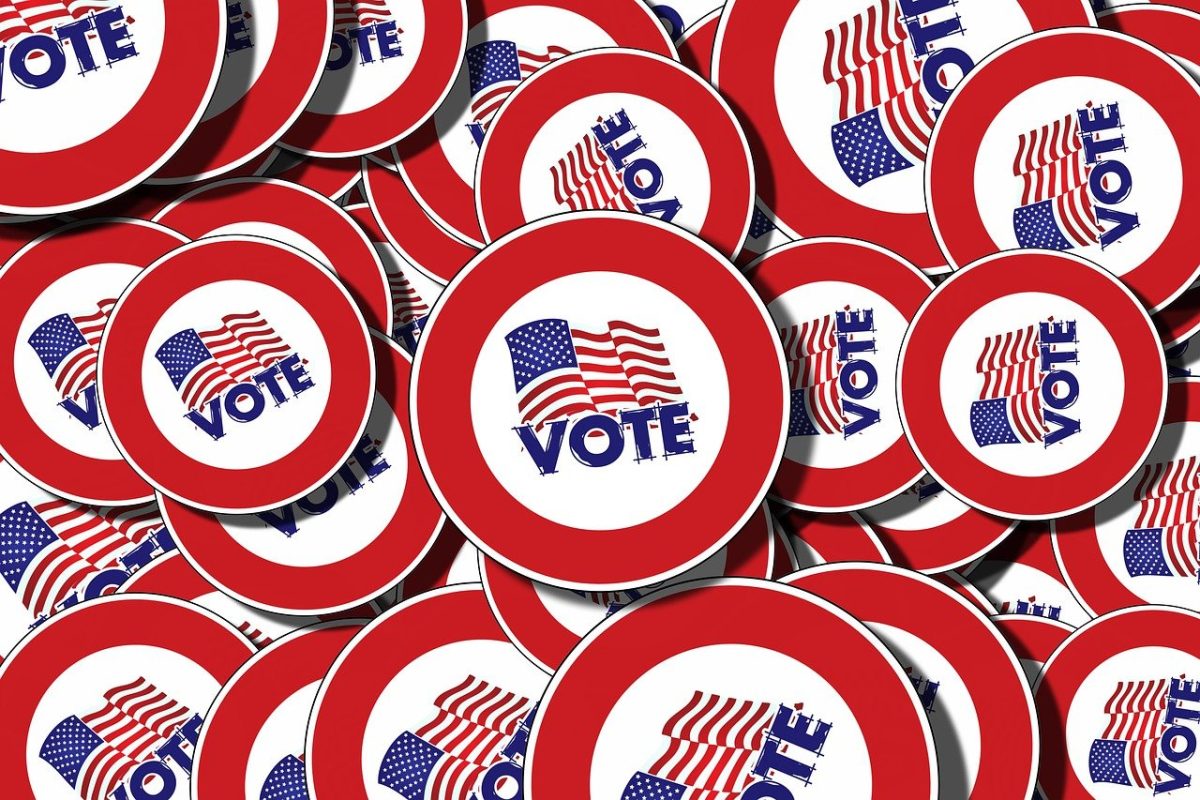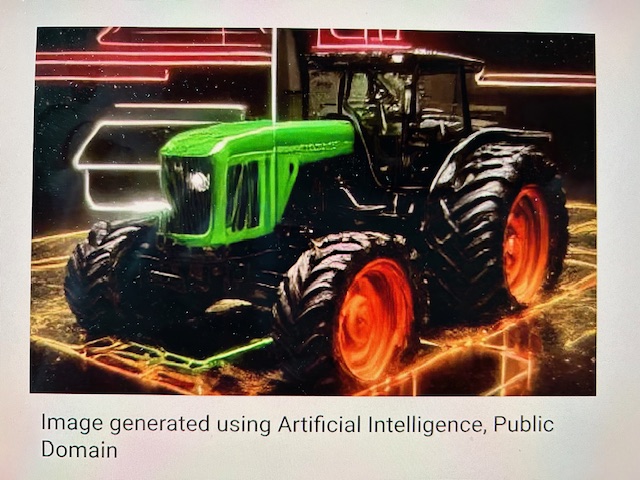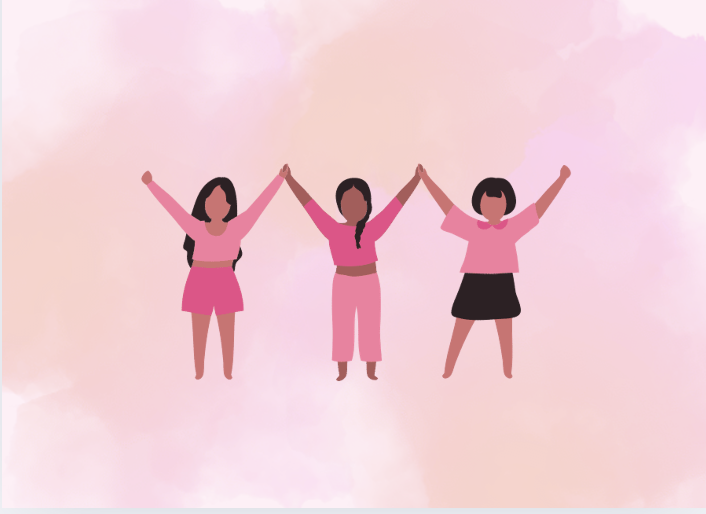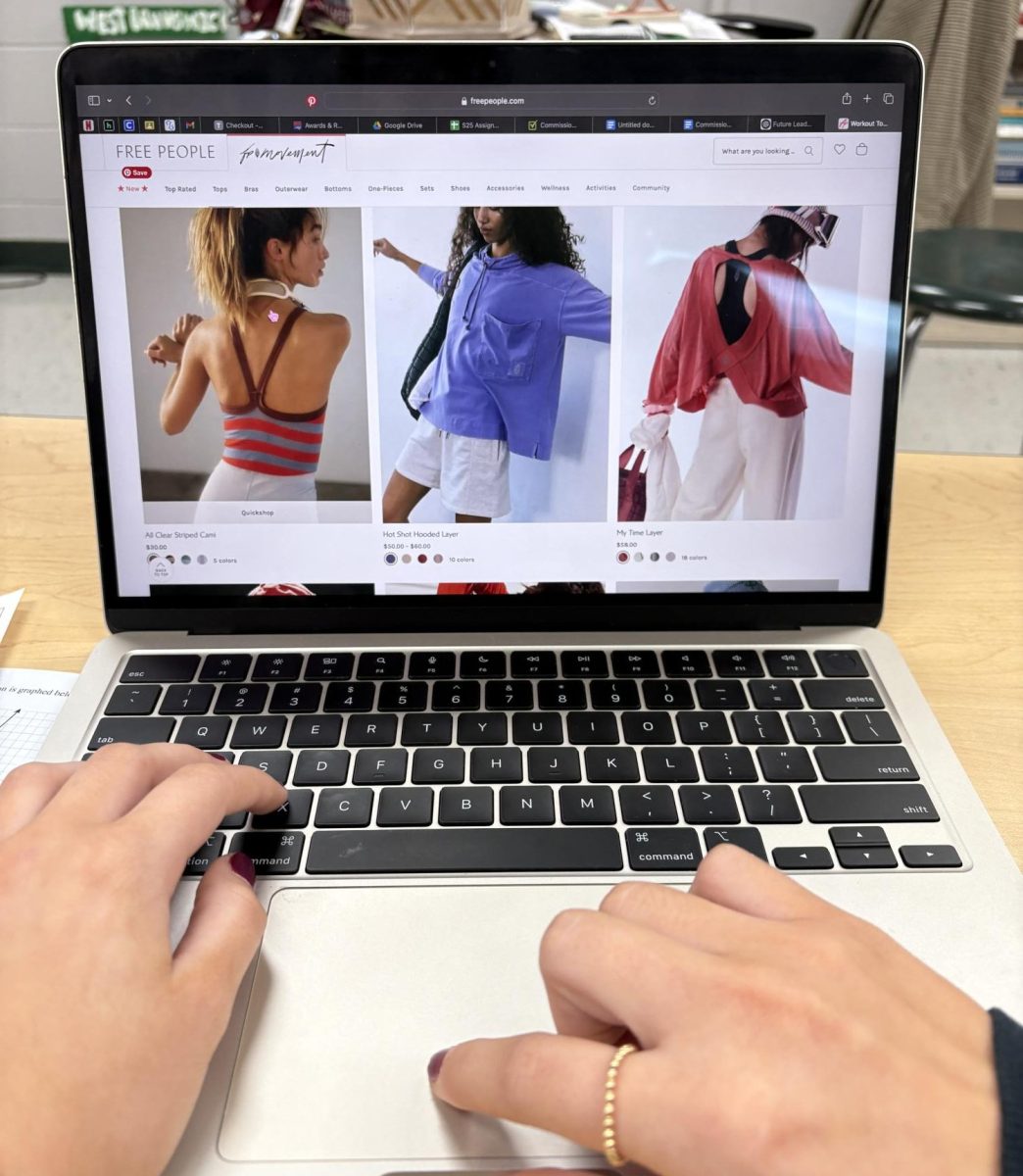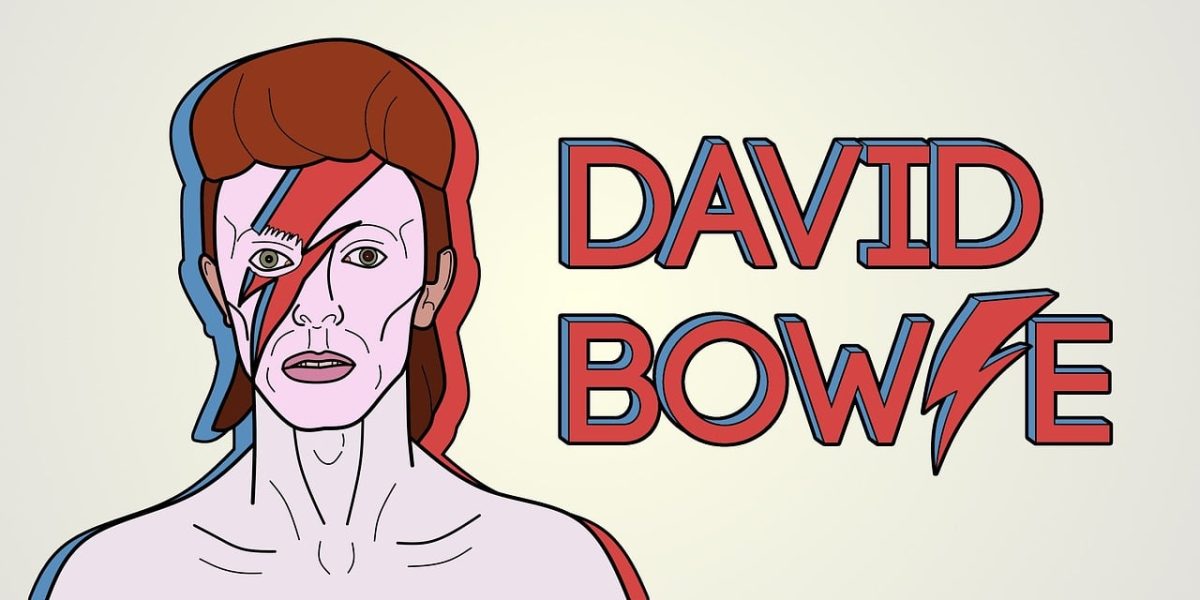Within the last ten years, we have seen social media skyrocket into immense popularity among teenagers’ lives. Whether they use it to stay in touch with friends and family, share accomplishments, or even upload aesthetic photos, media culture has slowly taken over our world and made teens gain more information than ever. The question is, is that information helping young people gain more knowledge on what goes on in the world? That’s where the idea of social media activism comes in to play. In the past few years, especially in the last couple months, we have seen many movements and campaigns pushing a certain agenda to get a message out. A couple of examples could be the Black Lives Matter Movement, Me Too Movement, the March for Our Lives Movement, COVID-19 Relief Centers, the call to help countries going through humanitarian crises, etc. Many of these movements started gaining traction through social media platforms and allowing individuals to help out more digitally. Social platforms also makes material more accessible for future generations as time passes by. This had me pondering the past few weeks on the idea of if social media has helped young people communicate issues that affected them in today’s world.
With teens from all over the country supporting the act of digital humanitarianism and wanting to help causes though online work, I broke down three ways some teens today use their social platforms to get a deeper understanding of important issues that happen in the world.
The first point is to inform, spreading the word about a situation you’ve heard or found out about through a source. An example of this could be hearing about the terrible explosion that happened in Beirut, Lebanon. Most people today gather their information from being online. For instance, the word about this explosion spread around to individuals quickly through social media. The idea of informing is more of a logical way of thinking and through social outlets, young people are able to share information that pertains to today’s society and have a voice to use it to their advantage, whether that is negative or positive. Without media outlets, certain issues would have little visibility because of how much time young people spend on social media.
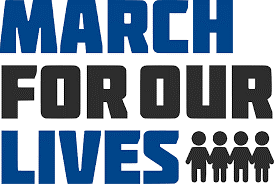
The next point is to observe, this is the way young people react to a situation through their eyes to form their own opinions. Many young people feel the need to speak on what is personally important to them because of empathy and coming from a place of understanding. Social media has helped teens to develop vital critical thinking skills and expose them to material that they would not know if it wasn’t on a platform like Instagram, Twitter, etc. An example of young people reacting to an event that affected them is the March for Our Lives Movement back in February of 2018. Kids from all over the nation reacted to the shooting at Marjory Stoneman Douglas High School, most in anger and frustration. Through social media platforms, young people were able to exchange their thoughts and ideas to make personal changes in their own school districts.
The last point is how young people respond to an issue. This is significant to many teens today because they are able to use their creativity to produce solutions that pertain to a purpose. Examples of responding could be creating donation stations and disaster relief for humanitarian crises, organizing events to promote a certain agenda, educating and learning from people, etc. This comes from an emotional point of view. Even though these actions can seem small, in the long run, they can turn into a broader discussion even in your own community. Today, we are seeing teens being main contenders in movements, volunteering to help a cause and being a voice for people that can’t speak up.

These three reasons is why I believe that social media plays a major role in how young people make their activism count. And, if they keep this up now, who knows what can come out of it in the near future.


